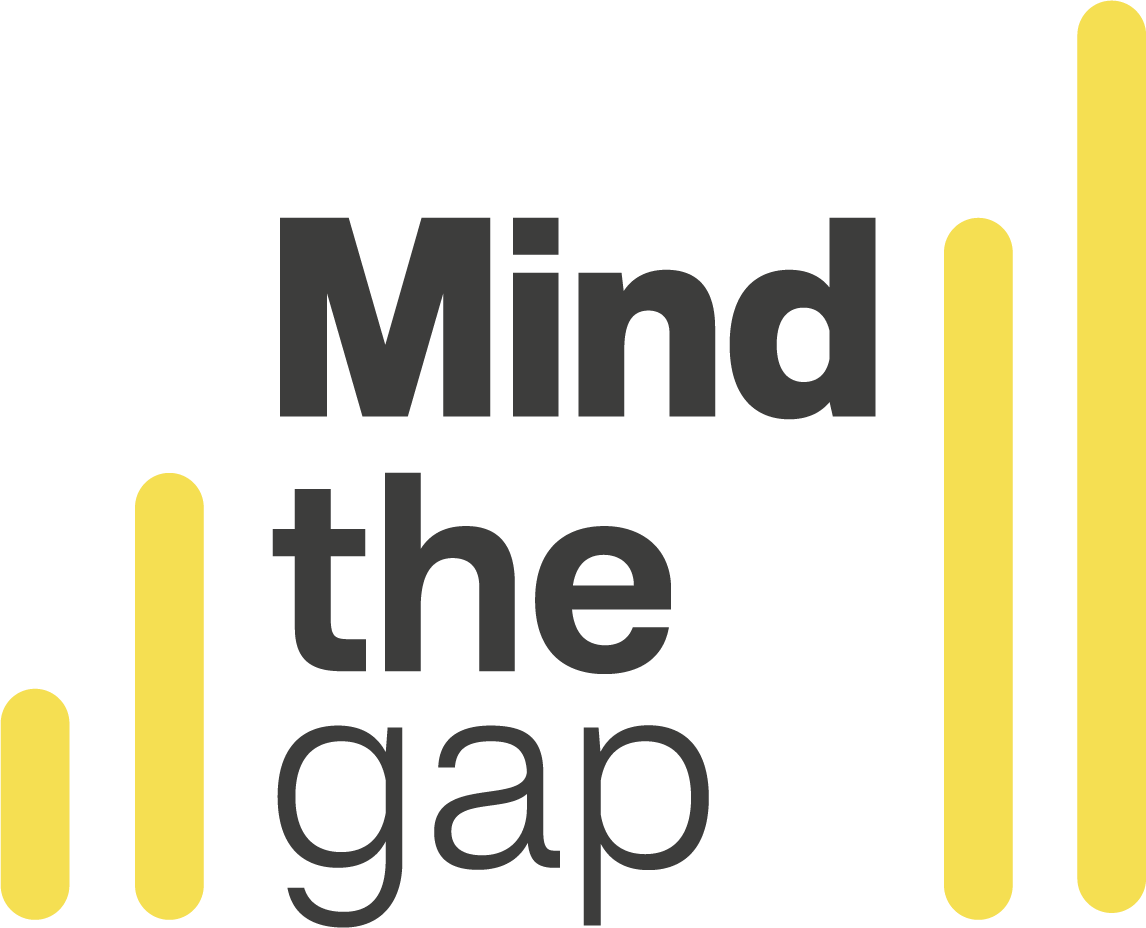
Promoting digital inclusion and accessibility within an arts education project
This guide is designed to help arts education organisations and practitioners wishing to promote digital inclusion and accessibility within their arts education project.
Are you using the right channels to reach out to your potential audience?
Consider working with local healthcare organisations, community centres, charities or housing associations to reach wider and more diverse audiences.
Promote activities offline and through word of mouth as well as online.
Ensure that promotional materials are created using accessible language and that the needs of non-native speakers are taken into account
Related: Wiener Staatsoper worked with grassroots organisation Tanz der Toleranz to reach out to communities from low-income and diverse areas in Vienna. Read the case study.
Are you providing practical support for people who don’t have the necessary devices, technical skills or internet access?
If you have the facilities, consider providing a WiFi-enabled space and/or equipment for people to use within your organisation
Reach out to local community organisations that provide free digital skills training or lend or donate devices
Record online sessions and make them available for later viewing
Provide simple written “how-to” guides and have staff on hand to provide extra technical support
Related:
When running online workshops for senior citizens, music educator Camille Villanove provides written guides to working with software used during the session, session recordings and designates a “tech person” among participants to help others who may be struggling. Read the case study
Is the activity enriching for those who don’t have high-quality devices or a fast internet connection?
Provide materials that participants can follow offline and in their own time, such as session recordings, information sheets, theory, and sample exercises
Consider creating parallel channels for engagement, such as Facebook or WhatsApp groups, to nurture and maintain relationships beyond workshops and project activities.
Combine face-to-face and digital delivery to maximise target group diversity
Related: In order to boost group cohesion and offer enriching activities outside of sessions, Carmen and the Other Extraordinary Women project leaders implemented a series of online activities, such as emails, “mystery friend calls”, and instant messaging groups.
Are people with lower literacy and non-native speakers being taken into account?
Ensure that promotional and course materials use accessible language, and consider translation if you are working with learners from a specific language community
Provide transcripts for audio materials and subtitles for video
Designate key people from your organisation or project team to provide extra support
Clarity is key: when working online with people who do not share a first language, assign extra time to ensuring that cultural aspects do not get “lost in translation”.
Related: A Song, A Life brought together communities from different backgrounds in the UK and Denmark to share their life stories. Read the case study
Have learners’ concerns with regards to access barriers and the best ways to address them been sufficiently taken into account?
Ahead of time, talk to participants to ensure you understand what could potentially prevent them from participating
Local community organisations can help you understand the digital needs and skill levels of the target groups you wish to work with and implement potential solutions
Be aware that working online can make it difficult to “read the room” and requires careful attention to ensure that no-one is left out and all participants are able to express themselves.
Related: Opera company Second Movement and charity Tourette’s Action collaborated to create the 45-minute digital opera Opera-tic.
Related resources
Knowledge Hub:
Website accessibility checklist
Mind the Gap report:
Key issue 1: Prioritising inclusivity
Key issue 2: Digital strategy and inclusivity
Key issue 5: Enabling digital participation



